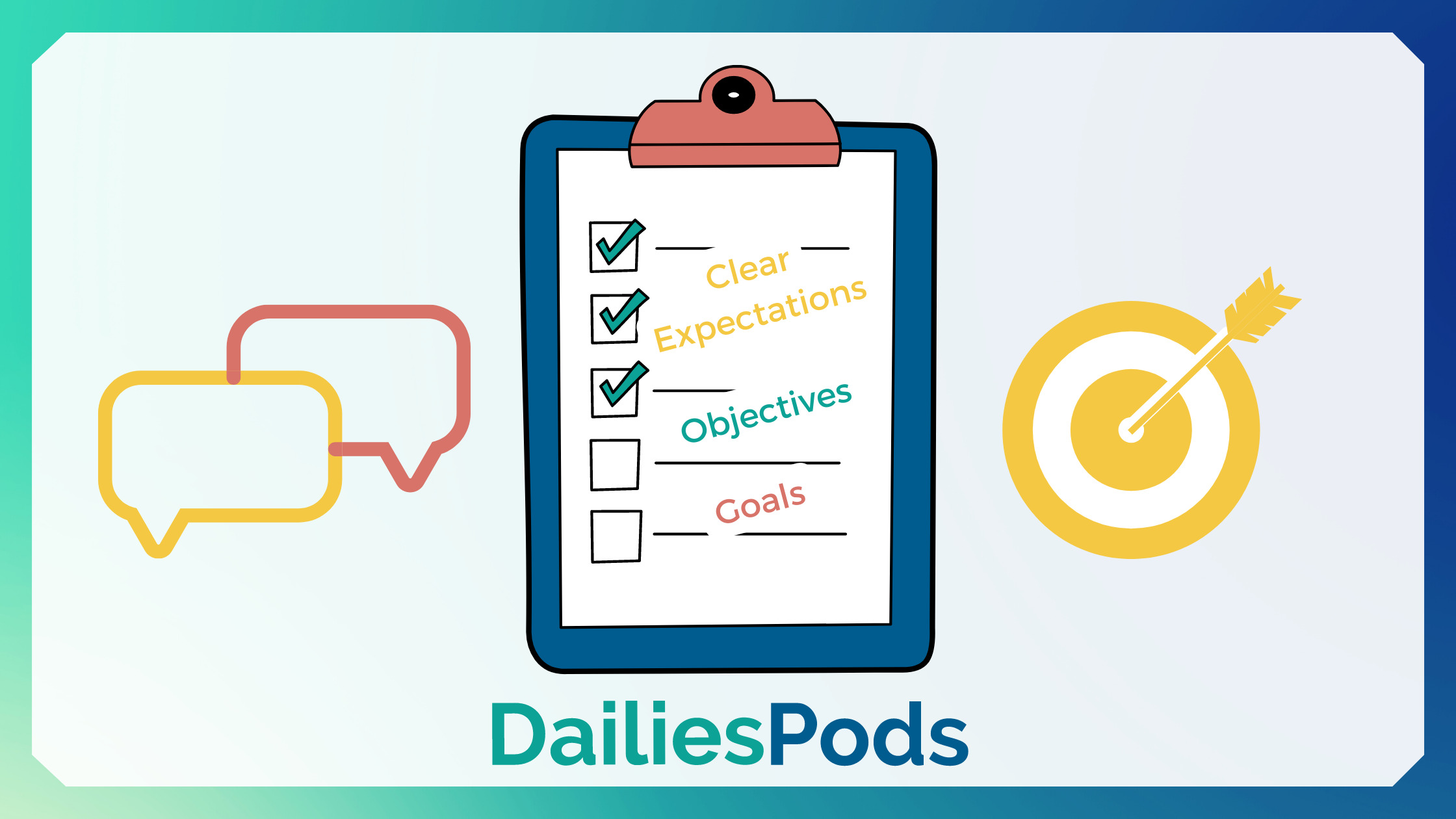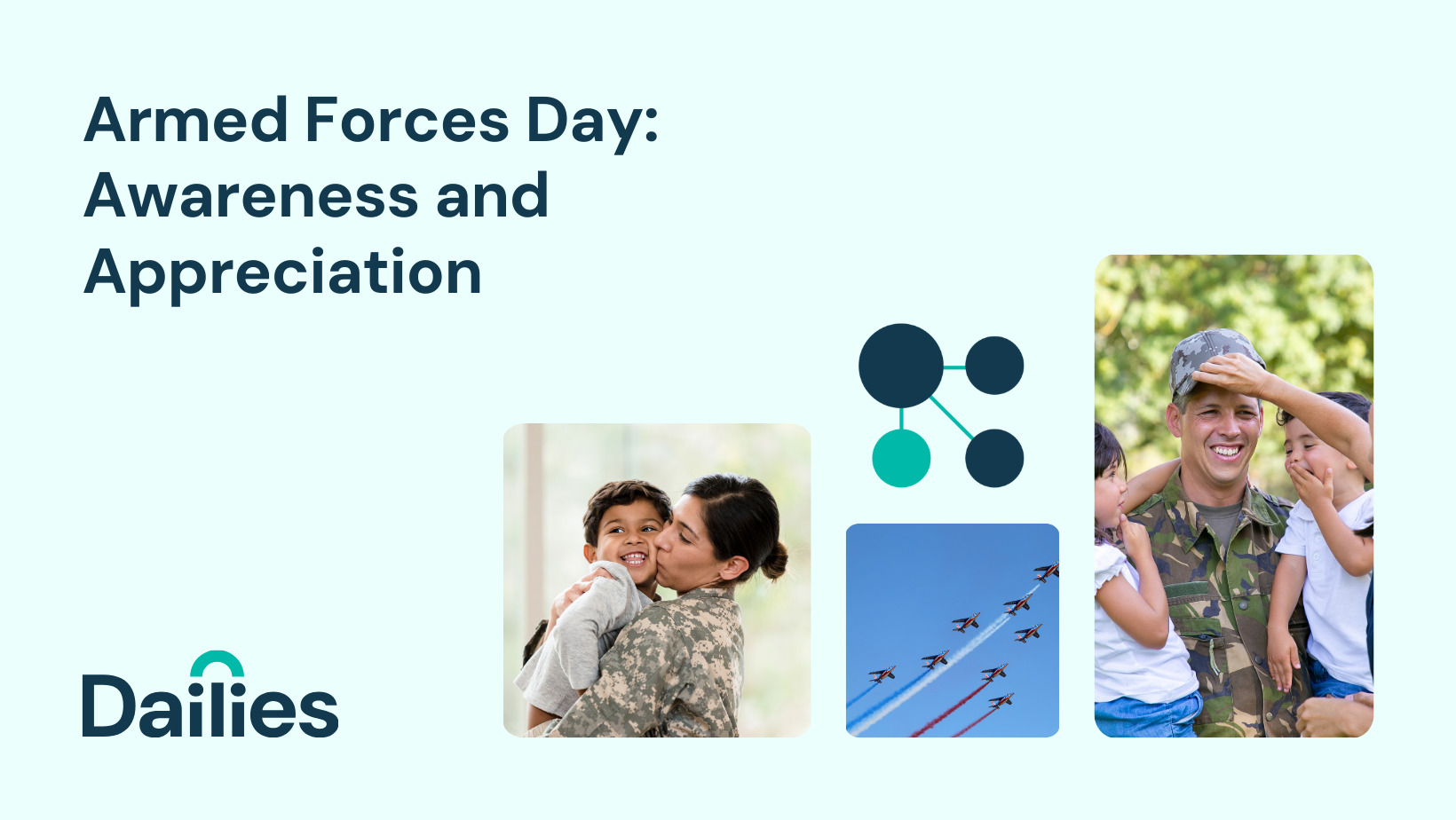Maybe you’re blessed with a spontaneous personality where thinking outside of the box comes naturally to you. In this case, I’m guessing overall structure and organization is not your friend. Also in this case, I envy you! As my dad has always said, I’m terrible at “shooting from the hip”. You can reference an earlier blogpost for my obsession with my planner, structure, organization, and all things planning!
I bet you can already tell what personality your child has, as far as whether he/she prefers structure or not. Regardless of whether you and/or your child prefers organization or not, I’m sure you agree that having clear expectations is necessary in certain situations- especially when it comes to learning new skills. From my experience, I’ve seen that there’s a time and a place, despite personality types and preferences, where being transparent and having some structure is essential and beneficial… and education is one of those.
In recent years, there has been a big push towards encouraging teachers to state, post, and otherwise make known to students, the learning expectation for each lesson.
(Side note: From here on out in this blogpost and in the education world, you might hear the terms “objective, learning intention, goal, standard, or learning expectation” used interchangeably. They are all referring to the same thing: What exactly do you want the student to learn? What is the clear skill that is being taught?)
There is also a lot of grumbling from teachers and educators in recent years coinciding with the demands of being expected to share the learning intention of each lesson. Some teachers argue that students don’t listen to and/or understand the language that is used when talking about the objective, others have to devote lots of planning and preparation time to writing the objective out in their plans, transferring the objective to kid-friendly language, writing the objective out so the students can see it displayed, and writing the objective out for administrators seemingly a million times over. While this seems like a miniscule task, many argue that it doesn’t impact the students, this expectation is simply for the administrators, and it is just one more task piled up on a never-ending list.
While I have been there (in a public school classroom), and have spent many an hour writing and sharing the learning objective for each lesson, for every single content area, I would argue that to some extent- this is necessary and beneficial, for teachers and students alike.
Some may think that coming up with the lesson objective is something that teachers naturally do and think about. That is certainly the case for many, but I can attest to the fact that sometimes, in the midst of planning, with so many standards and so many topics, they can all blend and swirl together until you find yourself teaching a little bit of a lot of different concepts rather than focusing deeply on one skill at a time. The act of intentionally thinking about (and okay, maybe writing) a sentence or two that is your exact and detailed goal, helps the focus of the lesson.
So, how can you improve at this in a simple and quick way? When writing lessons for the district curriculum at my previous job, we did this by starting every single lesson with the words
“Today you will learn… This is important because…”
This coincides with another popular educational term known as backwards planning- starting with the end or goal in mind and then backtracking from there to plan the rest of the lesson.
You can also phrase the objective as “The student will….because…”
This wording also encourages you to think about the success criteria- how and when will you know if the student is successful with this standard?
Maybe you’re a parent that isn’t homeschooling and all this educational lingo is just a bit much, so how can you make this happen in your home to benefit your child in their everyday home life?
Whenever you are asking your kiddo to do a task throughout the day, explicitly state what you want them to do and tell them why. Tell them what behavior is expected. For example, tell (and maybe even show!) exactly how you want your child to brush his/her teeth in the morning. Then, follow that up with telling them why it is important. You can tell (and again, maybe even show!) exactly how you want your child to make his/her bed…and tell them why that is important. If you just say “Make your bed”, there might be confusion as to what exactly the expectation is. However, if you tell them to take the bottom sheet and pull it to the top of the bed, take the comforter and pull that to the top of the bed, etc. you are setting your child up for much more success.
To come full circle with this blogpost, regardless of personality, kids need routine, structure, clarity, and understanding (at least when it comes to learning something new) and this is a great way to start with it. Frankly, it just isn’t fair if you aren’t clear with your expectations. Kids will act accordingly in either direction, so give them the tools they need to be successful!






